cast by BARBEDIENNE
France
circa 1890
height 18,5 cm
length of the base 19,2 cm
our web catalog link :
https://galerietourbillon.com/barye-antoine-louis-cheval-turc/
Galerie Tourbillon : Free valuation - Buy and Sell at best prices
Biography :
Antoine-Louis Barye (1796-1875) was a French sculptor, known for his animal sculptures. His sketch practice done in the wild, according to the animals of the Jardin des Plantes in Paris, led him gradually to also practice painting. Placed early in Fourier, an engraver on steel manufacturing metal parts for the uniforms of the Great Army, he learned all areas of metal processing and became a peerless worker. He entered the Ecole des Beaux-Arts in Paris in 1818, where he received classical training in the workshop of the sculptor François Joseph Bosio and the painter Antoine-Jean Gros. He graduated in 1820, the second prize for sculpture in Rome for his "Cain cursed by God" .It was in 1831 that Barye became known to the public exhibiting then his "Tiger devouring a Crocodile", tormented and expressive work, which ranked as soon as the first Romantic sculptor, and causing admiration criticism. He now produced numerous masterpieces, often of small dimensions, that will enrich the collections of fans on both sides of the Atlantic. In 1833, Barye exhibited at the Salon his "Lion and Serpent", a king's command to the Tuileries Gardens, an allegory of the monarchy crushing sedition, three years after the July Revolution.
Critics are enthusiastic but it's not necessarily the case of his colleagues. In total contrast to the supporters of the academy who then ruled the Institute, Barye opened a foundry and edited himself his production, using modern techniques of his time. Like the Romantic artists of his time, Barye appreciated the exotic and the Middle Ages. He preferred bronze to marble because too cold. The style of Barye settled down from 1843. He gave his human figures inspired by Greek models, such as the bronze group of "Theseus and the Centaur Biénor", an energy and a movement specific to the romantic vision .
Barye's Republican ideas do not prevent him from binding with Ferdinand-Philippe d’Orléans, for whom he made a table centerpiece. He became one of the favorite sculptors of Napoleon III, under whose reign he produced monumental works such as "Peace", "Strength", "War" and "The Order" for the decoration of the new palace of the Louvre and an equestrian statue of the emperor for the gates of the Louvre. Despite his business and practice of art that confused members of the Institute, they finally welcome within them in 1868, and Barye knew recognition in the last ten years of his life.



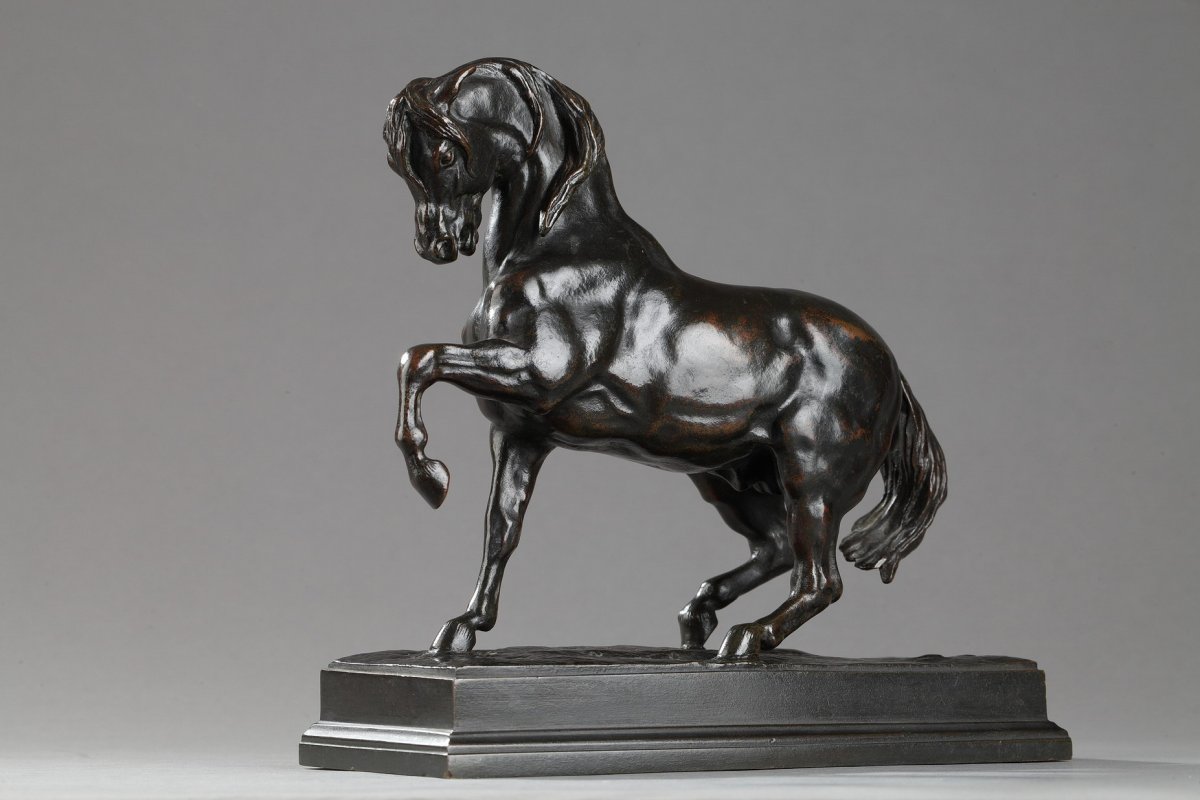

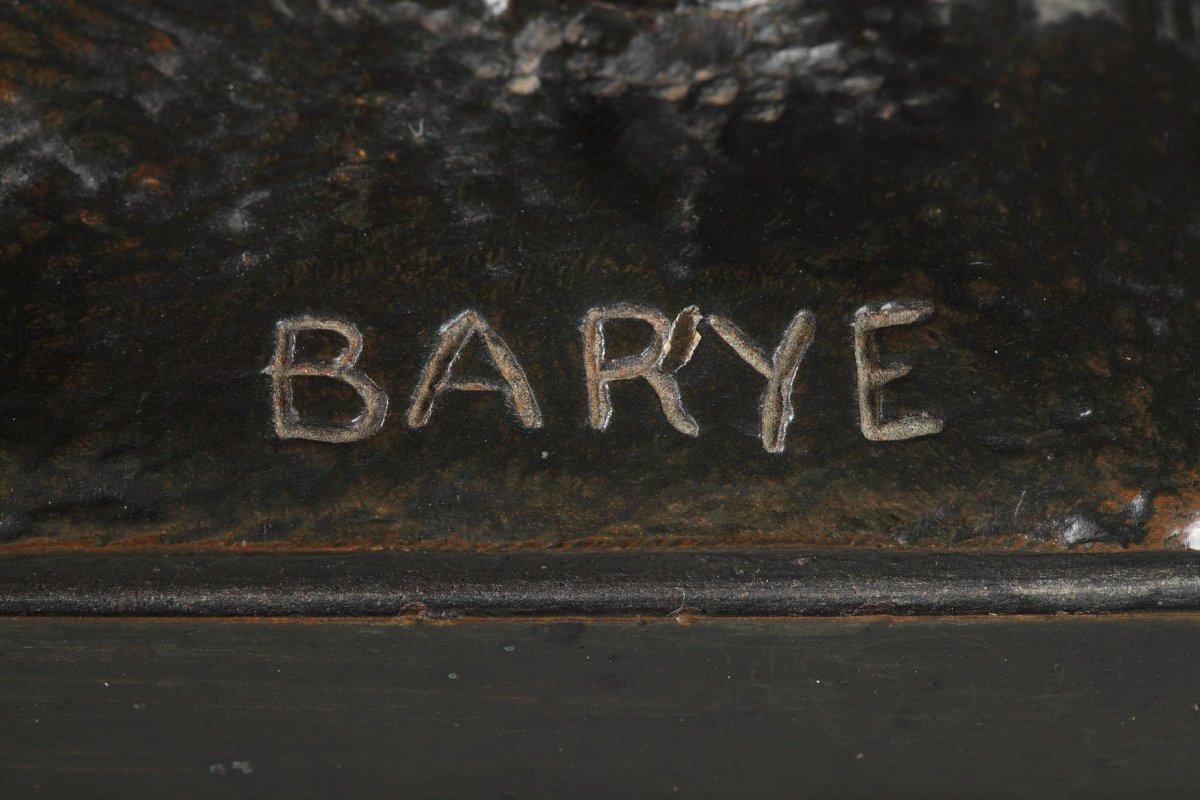
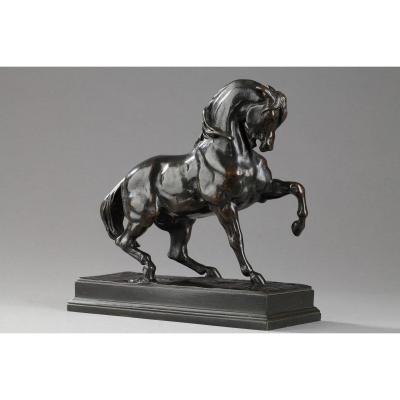







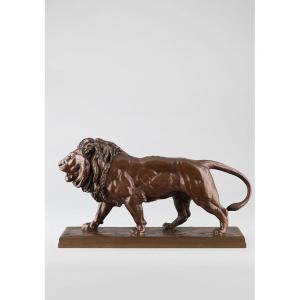
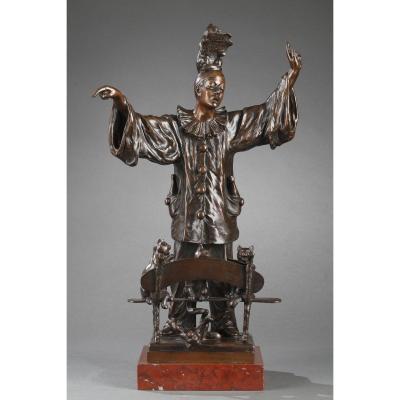


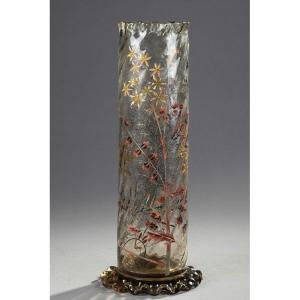
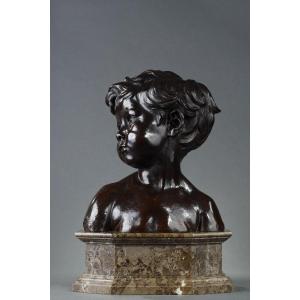
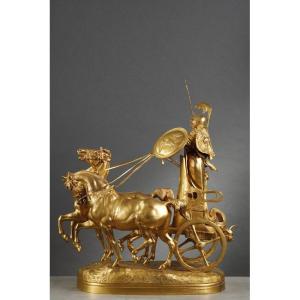
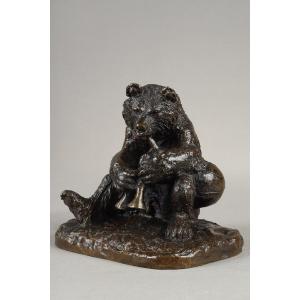
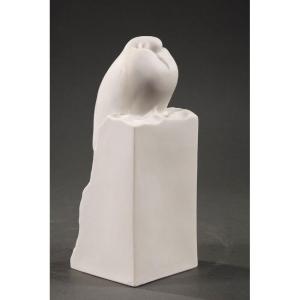

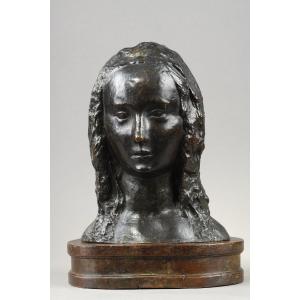
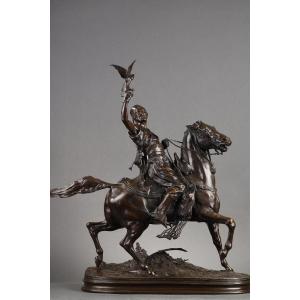
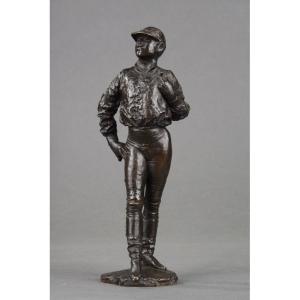
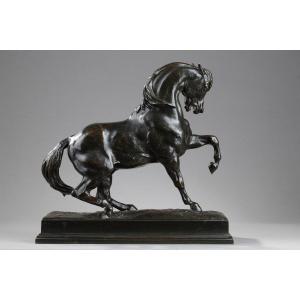


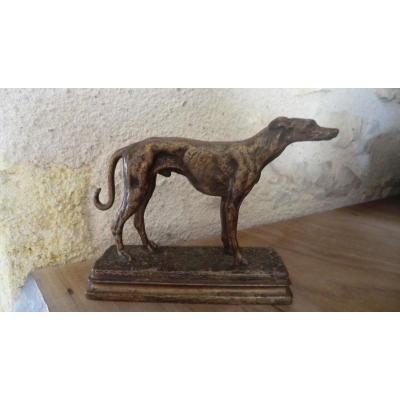




 Le Magazine de PROANTIC
Le Magazine de PROANTIC TRÉSORS Magazine
TRÉSORS Magazine Rivista Artiquariato
Rivista Artiquariato